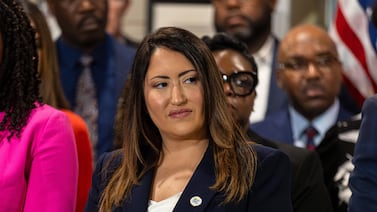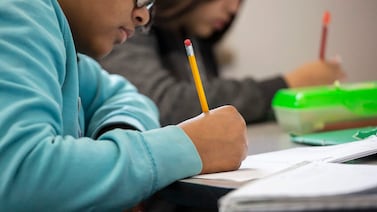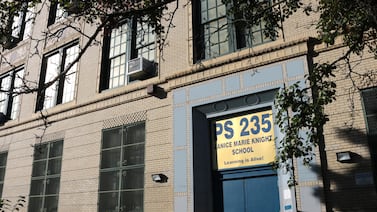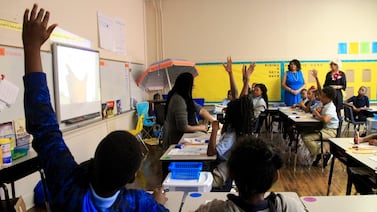Sign up for Chalkbeat Colorado’s free daily newsletter to get the latest reporting from us, plus curated news from other Colorado outlets, delivered to your inbox.
A new report by Denver Public Schools predicts that enrollment will decline by 8%, or 6,005 students, by 2029. As a result, more school closures could be needed by 2030, the report says.
The district is most likely to recommend school closures in the northwest, southwest, and central parts of the city, because those regions will experience the steepest enrollment declines, says the annual report, known as the Strategic Regional Analysis. DPS released it Thursday.
Southwest Denver is expected to lose nearly 2,720 students by 2029, according to the report, while northwest Denver is expected to lose nearly 1,200 students and central Denver is expected to lose nearly 900 students.
The predictions come just days after DPS closed seven schools with low enrollment at the end of this past school year and partially closed three more by removing some grade levels. The process that led to those school closures, like most, was marked by fierce community pushback.
Enrollment in DPS peaked in 2019 before steadily dropping for several years. Student counts ticked up slightly in the last two school years, driven by an influx of migrant families. But decreasing birth rates and continued gentrification that pushes families out of the city are expected to lead to enrollment losses in the coming years, the report says.
The report highlights other trends.
- The far northeast is the only part of the city where enrollment is expected to grow. The report predicts an increase of 400 students by 2029. That part of the district will need a new elementary school and more middle school seats, it says.
- Student demographics in Denver are changing. While students of color and those from low-income families still make up the majority of the Denver student body, the percentage of Latino and Black students has decreased over the past decade, while the percentage of white students has increased. The percentage of DPS students who qualify for subsidized school meals, an indicator of poverty, has gone down.
- This year, Denver lost more students to nearby school districts than it gained. About 7,500 Denver students chose to attend schools in other districts, while about 7,250 students from other districts chose to attend schools in Denver.
- Preschool enrollment returned to pre-pandemic levels this year, with 5,135 students.
Melanie Asmar is the bureau chief for Chalkbeat Colorado. Contact Melanie at masmar@chalkbeat.org.






